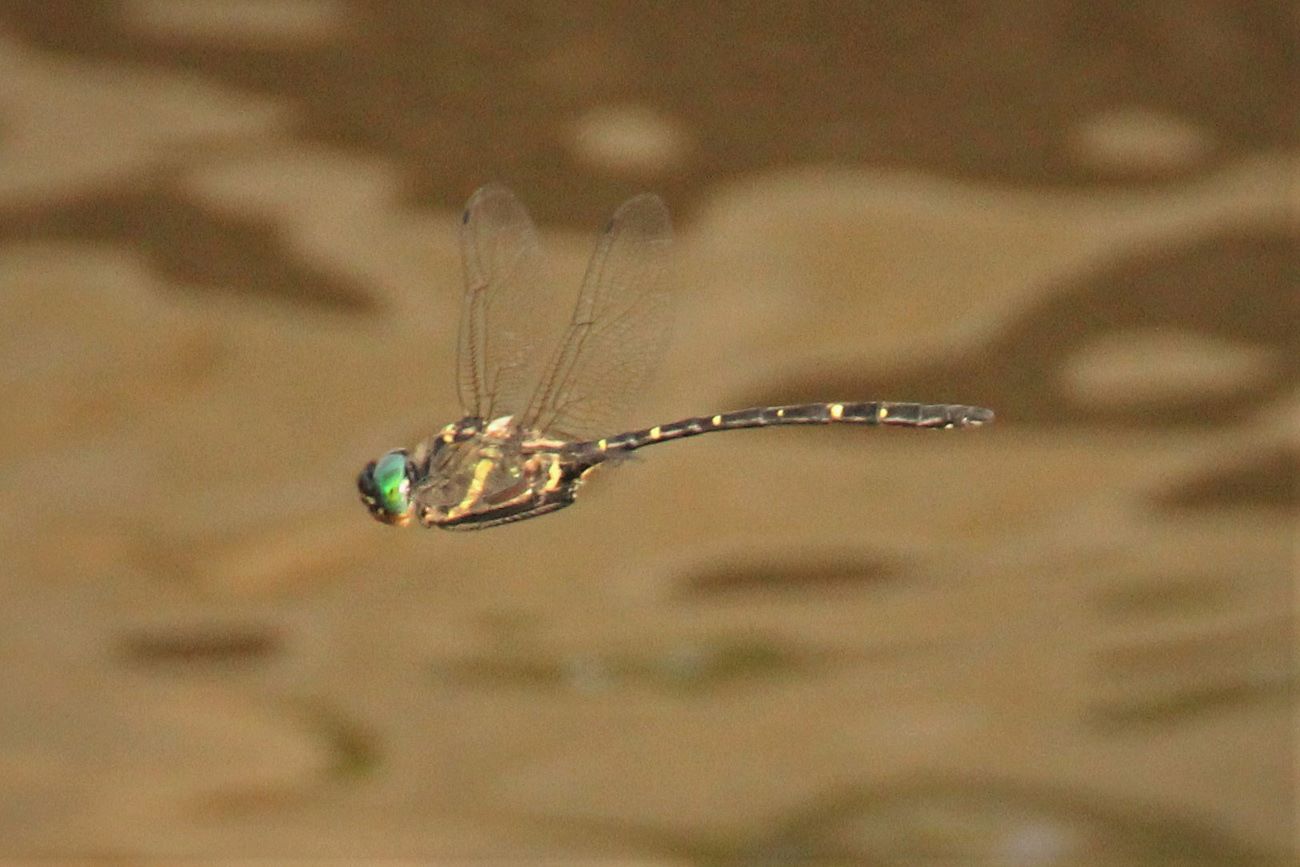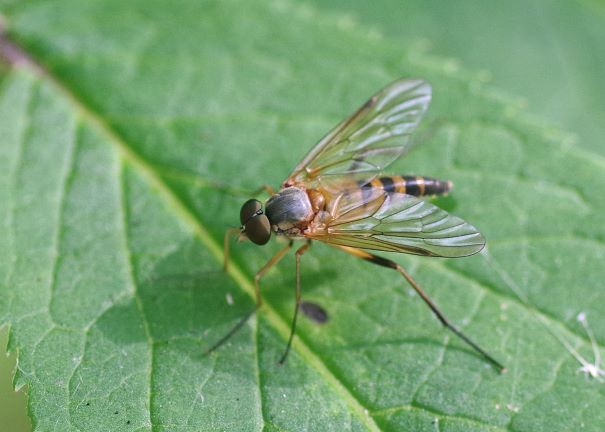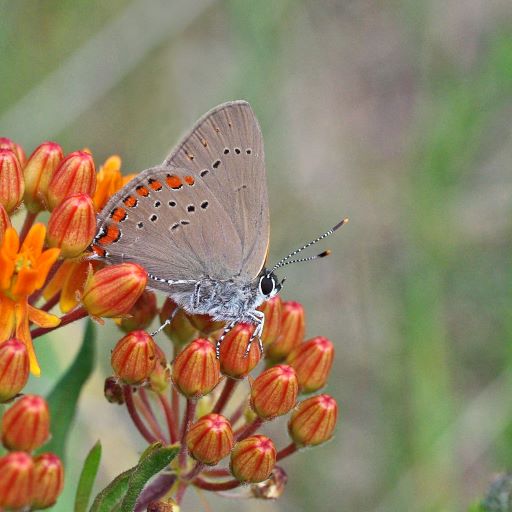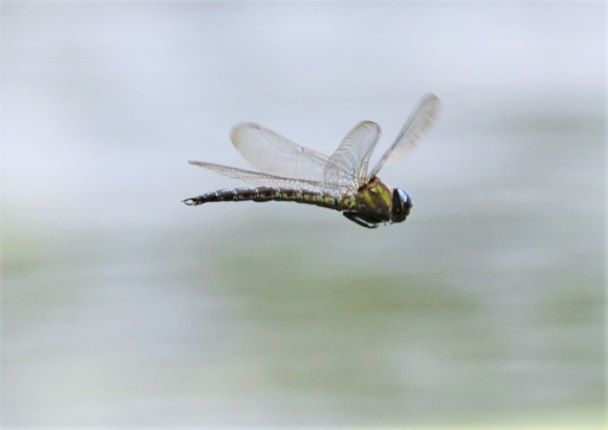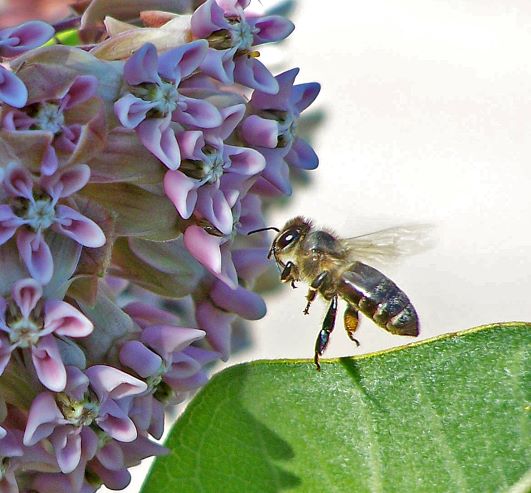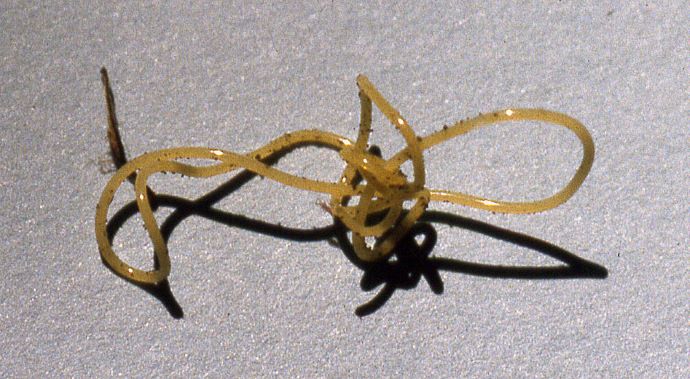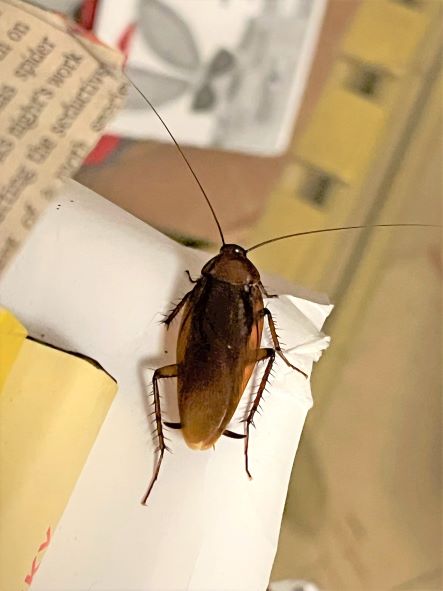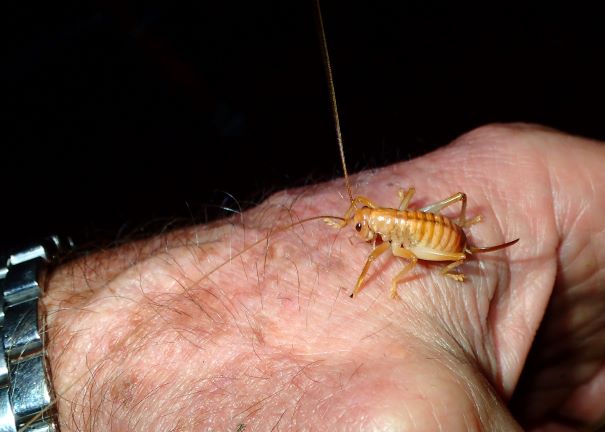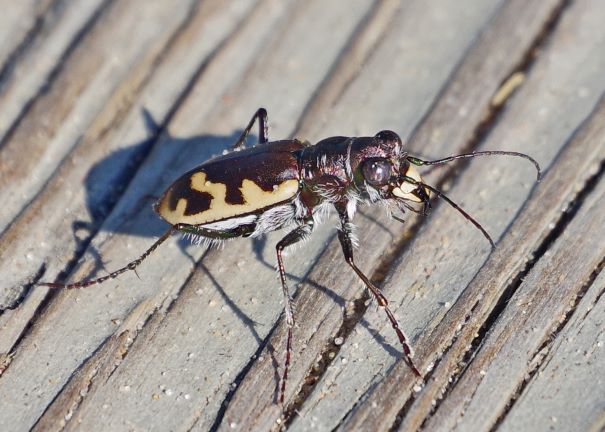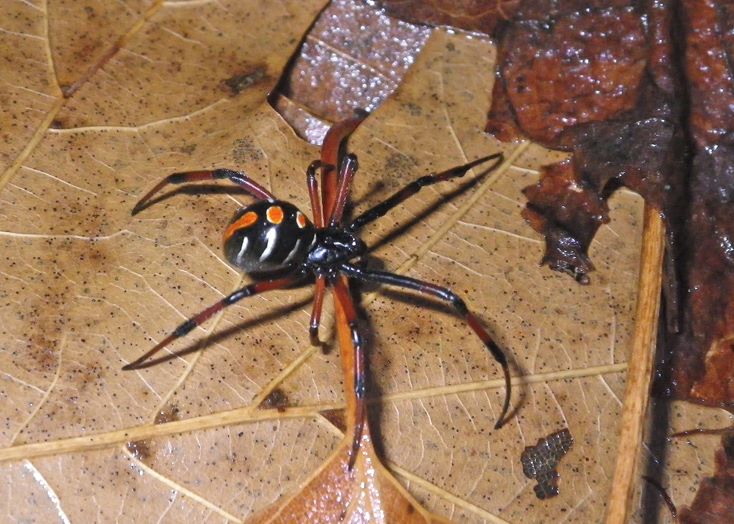
Bug o’the Week – Speed-dating the Spiders – Black Widows
by Kate Redmond
Howdy, BugFans,
The first thing you should know about Black widows is that they need better PR. Widow spiders are so-named because the female (allegedly) eats the male after mating. It’s called “sexual cannibalism,” and the protein meal is supposed to boost the chances of successful egg-laying. But, this is a behavior that was first observed in the lab, where the male had few escape options, and it’s suspected that it happens far less frequently in the wild.

